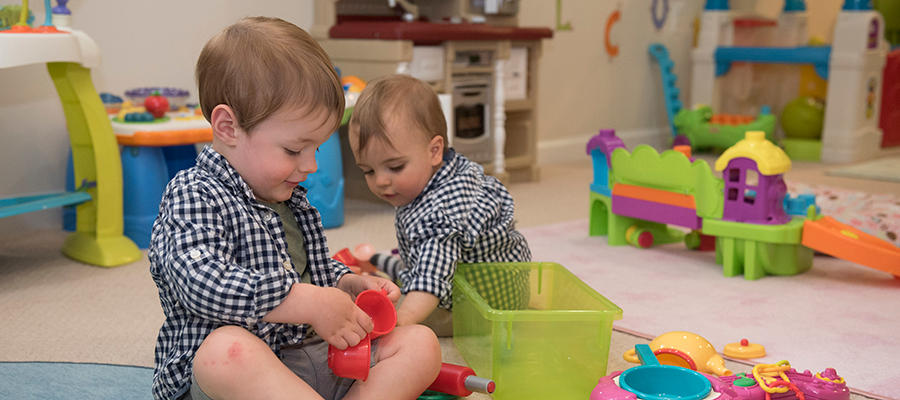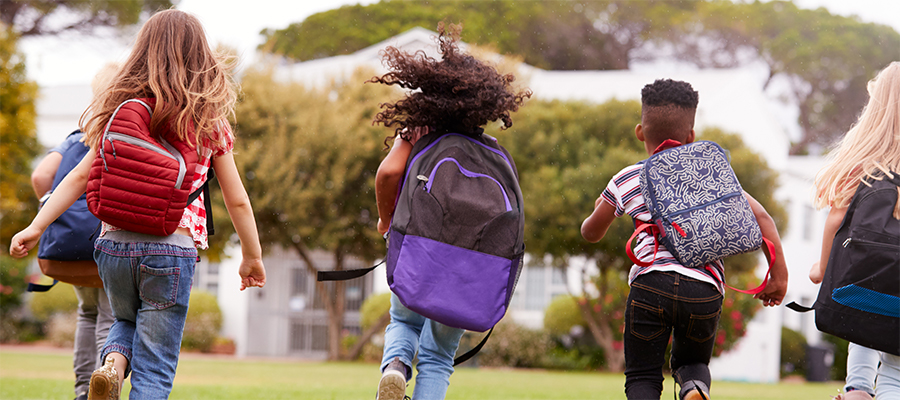Health and safety in child care settings are critical at all times. The COVID-19 pandemic has amplified child care providers’ responsibilities in ensuring that the environment is safe and healthy. A new resource from CCAoA, Environmental Health and Safety in Child Care Settings: Considerations During Viral Outbreaks, highlights important environmental health and safety concerns for both family and center-based child care settings. You can find the full resource here! A brief summary of the resource follows.
According to the Centers for Disease Control and Prevention (CDC) there are three ways that viruses spread: through contact transmission, droplet transmission, and airborne transmission. These transmission methods necessitate ensuring surfaces and the shared air in child care programs are as virus free as possible. Water quality issues may also arise when buildings that house child care programs re-open after a prolonged building closure.
Clean and Sanitize
Child care professionals are accustomed to keeping objects and surfaces in child care settings clean and sanitary. Doing so protects everyone – children, their families and child care providers, additional staff and administrators. During periods of high viral community transmission, child care program staff should focus on high-traffic and smaller spaces as well as high touch areas like door knobs, countertops, sink handles, and light switches, etc.
Air Quality
Viruses, spread from person to person, primarily through respiratory droplets that are produced when an infected person breaths, speaks, sings, coughs or sneezes. These short-range droplets (less than six feet) can land in the mouths or noses of people who are nearby or be inhaled into the lungs. Spread is more likely when people are in close contact with one another. Ventilating and filtering air in indoor spaces can improve air quality and reduce droplet or airborne virus transmission.
Water Quality
In cases where buildings used as child care settings must close temporarily, it is important to consider potential water quality hazards when reopening. Water quality may become compromised with prolonged building closure or limited use. Water stagnation can lead to a buildup of harmful contaminants and pathogens. Hazards include Legionella (the cause of Legionnaire’s Disease) and lead and copper contamination from corroded plumbing.
Additional Resources
For additional information and resources see the new resource here. You can also access the complementary Grab, Adapt & Go PowerPoint and planning sheet here. (Also available in Spanish)
![ECCTAC-Logo[1]-1](https://info.childcareaware.org/hs-fs/hubfs/ECCTAC-Logo%5B1%5D-1.png?width=336&name=ECCTAC-Logo%5B1%5D-1.png)
This post is brought to you by CCAoA's Emergency Child Care & Technical Assistance Center™. Learn more and request technical assistance.






